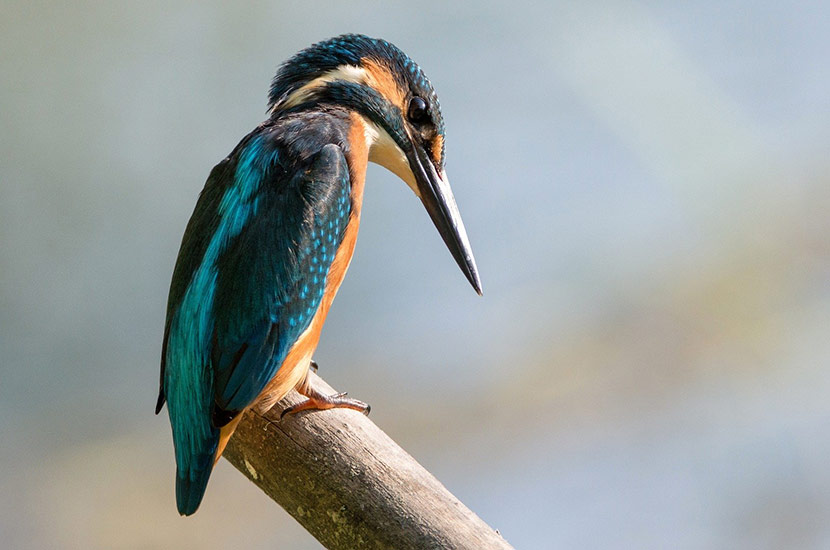Harmful Plants (first source)
Amaryllis – bulbs
American Yew
Avocado
Azalea – leaves
Balsam Pear – seeds, outer rind of fruit
Baneberry – berries, root
Bird of Paradise – seeds
Black Locust – bark, sprouts, foliage
Blue-green Algae – some forms toxic
Boxwood – leaves, stems
Buckthorn – fruit, bark
Buttercup – sap, bulbs
Caladium – leaves
Calla Lily – leaves
Castor Bean – also castor oil, leaves
Chalice Vine/Trumpet vine
Christmas Candle – sap
Clematis/Virginia Bower
Coral Plant – seeds
Cowslip/Marsh Marigold
Daffodil – bulbs
Daphne – berries
Datura – berries
Deadly Amanita
Death Camas
Delphinium
Deffenbachia/Dumb Cane – leaves
Eggplant – fruit okay
Elephants Ear/Taro – leaves, stem
English Ivy berries, leaves
English Yew
False Henbane
Fly Agaric Mushroom – Deadly Amanita
Foxglove – leaves, seeds
Golden Chain/Laburnum
Hemlock – also water the plant is in
Henbane – seeds
Holly – berries
Horse Chestnut/Buckeye – nuts, twigs
Hyacinth – bulbs
Hydrangea – flower bud
Indian Turnip/Jack-in-Pulpit
Iris/Blue Flag – bulbs
Jack-in-the-Pulpit
Japanese Yew – needles, seeds
Java Bean – lima bean – uncooked
Juniper – needles, stems, berries
Lantana – immature berries
Larkspur
Laurel
Lily of the Valley – also water the plant is in
Lobelia
Locoweed
Lords and Ladies/Cuckoopint
Marijuana/Hemp – leaves
Mayapple – fruit is safe
Mescal Beans – seeds
Mistletoe – berries
Mock Orange – fruit
Monkshood/Aconite – leaves, root
Morning Glory
Narcissus – bulbs
Nightshade – all varieties
Oleander – leaves, branches, nectar
Philodendron – leaves and stem
Pointsetta – leaves, roots, immature
Poison Ivy – sap
Poison Oak – sap
Pokeweed/Inkberry – leaf,root,young berries
Potato – eyes, new shoots
Privet
Rhododendron
Rhubarb – leaves
Rosary Peas/Indian Licorice – seeds
Skunk Cabbage
Snowdrop
Snow on the Mountain/Ghostweed
Sweet Pea – seeds, fruit
Tobacco – leaves
Virginia Creeper – sap
Water Hemlock
Western Yew
Wisteria
Yam bean – roots, immature roots
Harmful Plants (other sources)
Alacia
Apricot
Autumn Crocus/Meadow Saffron
Beans – all types if uncooked
Birch
Bittersweet Nightshade
Bleeding Heart/Dutchman’s Breeches
Bloodroot
Bracken Fern
Broomcorn Grass
Candelabra Tree
Cardinal Flower
Cherry Tree – bark, twigs, leaves, pits
Chinaberry Tree
Crown of Thorns
Croton
Elderberry
Euonymus/Spindle Tree
False Hellebore
Ficus (weeping)
Firethorn/Pyracantha
Four O’Clock
Glory Bean
Ground Cherry
Honey Locust
Honeysuckle
Horsetail
Indian Licorice Bean
Ivy
Jasmine
Jimsonweed/Thornapple
Jerusalem Cherry – berries
Johnson Grass
Kentucky Coffee Tree
Lupines/Bluebonnet
Mandrake
Mango Tree – wood,leaves,rind-fruit safe
Moonseed
Mountain Laurel
Mushrooms – several varieties
Nectarine
Nettles
Nutmeg
Oak – acorns, foliage
Peach
Peanuts – raw
Pencil Tree
Periwinkle
Pigweed
Pikeweed
Pine needles – berries
Plum
Pothos
Prune
Rain Tree
Ranunculus/Buttercup
Red Maple
Sandbox Tree
Scarlet Runner Beans
Snowflake
Sorghum Grass
Sorrel
Sudan Grass
Tansy Ragwort
Vetch
Yello Jasmine
Yew (Amer,Engl,Japan) – needles, thistles
Taken from Birds n Ways http://www.birdsnways.com/articles/plntstox.htm
Sources: American Medical Association Handbook of Poisonous and Injurious Plants ; R. Dean Axelson, Caring for Your Pet Bird; Gallerstein, Gary A., DVM, The Complete Bird Owner’s Handbook; Garry Gallerstein, Bird Owner’s Home Health and Care Handbook; Greg and Linda Harrison, eds, Clinical Avian Medicine and Surgery; Gillian Willis; Wade and Carol Olyer Parrot Pleasures, Safe Wood Products and more

